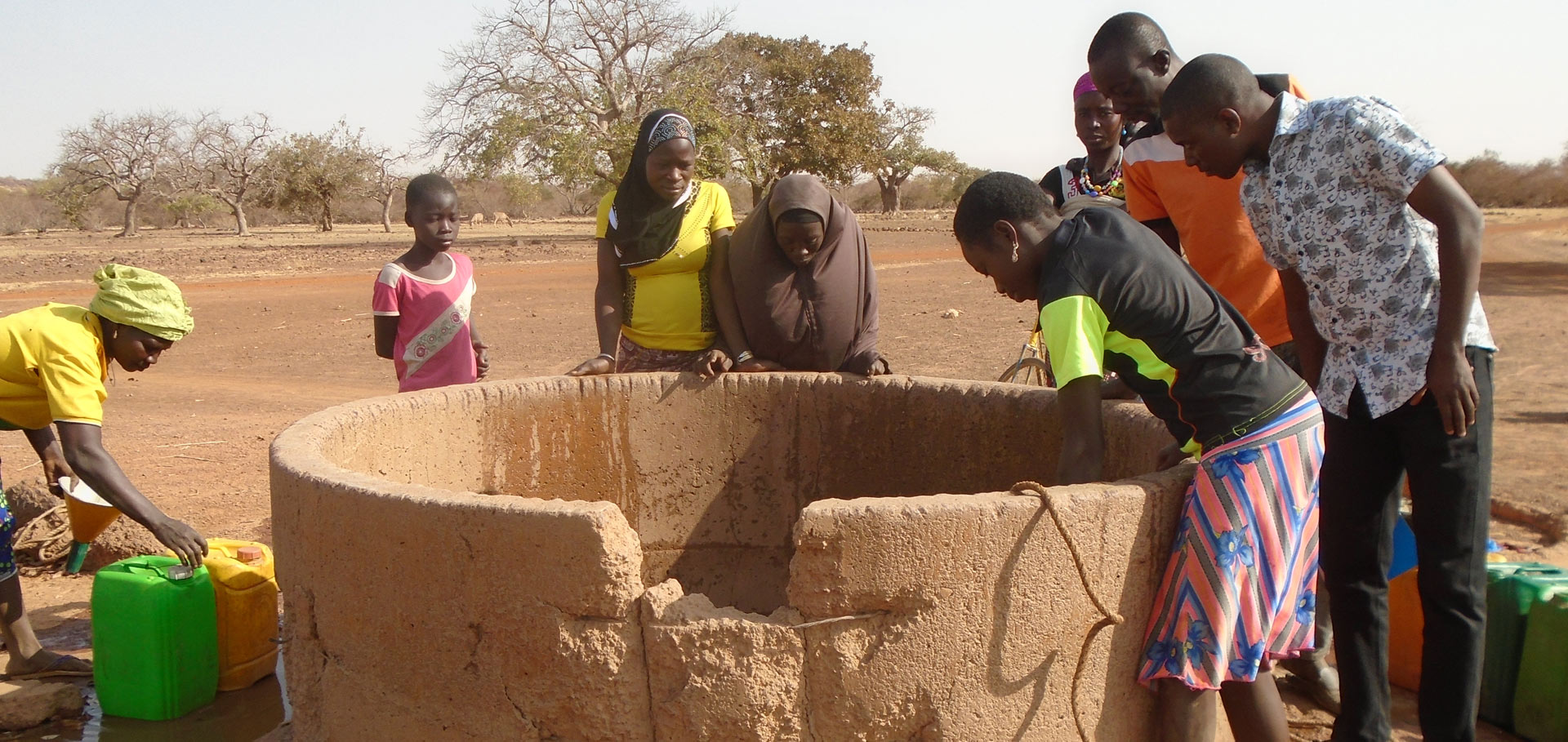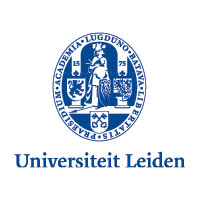
Preliminary study for a research programme on Karengtenga artisanal mining site (Bam province)
Background
In order to prepare a grant application for a research programme, the Leiden University needed to conduct a preliminary study on the Karengtenga artisanal mining site.
The site had to be described regarding spatial and social aspects: geo-referenced delimitation, water point identification, socio-economic organisation regarding extractive and processing aspects, water use and situation of water users in the area.
Study objectives and expected results
The study main objective was to develop a system focusing on water shared management for the mining sector (industrial and artisanal), through the proposition of a Memorandum of Understanding (MoU) addressing the role of each stakeholder (Ministry, CMB, companies, SP-GIRE, AEN).
As a result, IFSRA had to deliver to Leiden University:
- GIS of the Karengtenga site (.shape files)
- Report about the mining site, including maps
- Report about the mining sector activities (Ministry, Chamber of Mines, companies)
- Report about the roundtable
Fieldwork
The methodology was tested on Karengtenga artisanal mining site, Bam province, Burkina Faso.
Partner institutions and study team
This specific study is a multidisciplinary effort between a university in the Netherlands and a research institution based in Burkina Faso. The study core team consisted of the following research institutions’ teams:
- Leiden University, Netherlands, Sabine Luning
- IFSRA, Ouagadougou, Burkina Faso, Dr Peter Hochet, Alizèta Ouédraogo, PhD Student, and Aziz Diallo, Master
The broader team was comprised of experts from the following institutions:
- The Permanent Secretariat of Water Resource Integrated Management (SP-GIRE)
- The Nakambé Water Agency (AEN)
- The Ministry of Mines, Quarries and Energy of Burkina Faso (MMCE)
- Mining companies
- The Burkinabe Chamber of Mines (CMB)
Research process
In order to meet its main objective, the specific study followed three main steps:
1. Study of Karengtenga artisanal mining site
1.1 Cartography
- Gold mining site area
- Extraction holes
- Underground water pumping system
- Sites dedicated to ore processing (washing sites, chemical treatment sites)
- Rivers and lakes
1.2 Site description
- Land tenure statutes in the gold mining site
- Demographic data (number of gold mining workers, origins, men/women/children)
- Describe gold origin (alluvial deposits, gold rocks)
- Describe the extraction and ore processing steps, in particular work organisation and techniques
- Describe for each step the chemical products that are used
- Describe for each step water uses, procurements methods (water wells, rivers, lakes, etc.) and waste water systems and treatments
- Regarding habitations, describe water procurement strategies and sewage system (toilets, waste water)
2. Mining sector study
- Activities of the companies and Ministry of Mines
- Description of the ongoing activities of the Ministry of Mines to apply the mining code, in particular regarding gold mining
- Description of the ongoing activities of the Chamber of Mines and mining companies regarding water shared management
3. Organisation of a round table
- Invite SP-GIRE, AEN, CMB, the gold mining management board and companies
- Hold the round table
- Reach an agreement between partners and stakeholders regarding the forms of collaboration necessary to implement a pilot project on an artisanal mining site
- Propose a MoU regarding the role of each stakeholder (Ministry, CMB, companies, SP-GIRE, AEN)
